
Pierina Legnani was an Italian ballerina considered one of the greatest ballerinas of all time.
The Pharaoh's Daughter, is a ballet choreographed by Marius Petipa to music by Cesare Pugni. The libretto was a collaboration between Jules-Henri Vernoy de Saint-Georges and Petipa from Théophile Gautier's Le Roman de la momie. It was first presented by the Imperial Ballet at the Imperial Bolshoi Kamenny Theatre, in St. Petersburg, Russia, on 18 January 1862, with the design by A. Roller, G. Wagner (scenery), Kelwer and Stolyakov (costumes).

Marius Ivanovich Petipa, born Victor Marius Alphonse Petipa, was a French ballet dancer, pedagogue and choreographer. Petipa is one of the most influential ballet masters and choreographers in ballet history.

La Fille mal gardée is a comic ballet presented in two acts, inspired by Pierre-Antoine Baudouin's 1765 painting, La réprimande/Une jeune fille querellée par sa mère. The ballet was originally choreographed by the Ballet Master Jean Dauberval to a pastiche of music based on fifty-five popular French airs. The ballet was premiered on 1 July 1789 at the Grand Théâtre de Bordeaux in Bordeaux, France under the title Le ballet de la paille, ou Il n'est qu'un pas du mal au bien.
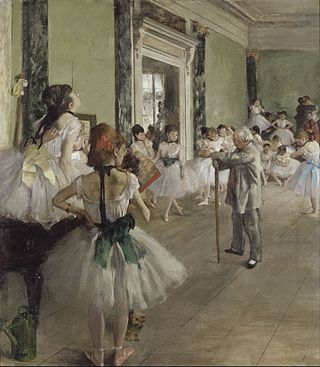
A ballet master is an employee of a ballet company who is responsible for the level of competence of the dancers in their company. In modern times, ballet masters are generally charged with teaching the daily company ballet class and rehearsing the dancers for both new and established ballets in the company's repertoire. The artistic director of a ballet company, whether a male or female, may also be called its ballet master. Historic use of gender marking in job titles in ballet is being supplanted by gender-neutral language job titles regardless of an employee's gender.
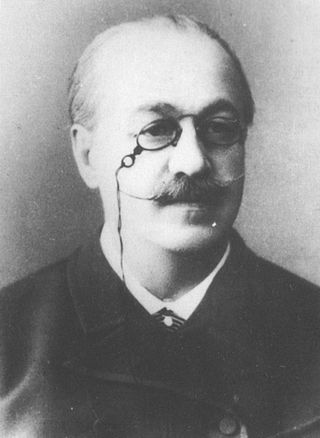
Lev Ivanovich Ivanov was a Russian ballet dancer and choreographer and later, Second Balletmaster of the Imperial Ballet. As a performer with the Imperial Ballet, he achieved prominence after performing as an understudy in a benefit performance of La Fille Mal Gardée. He is most famous as the choreographer of Acts II and IV of Swan Lake, which include the Dance of the Little Swans, Act II of Cinderella, and The Nutcracker, which he choreographed alongside Marius Petipa.
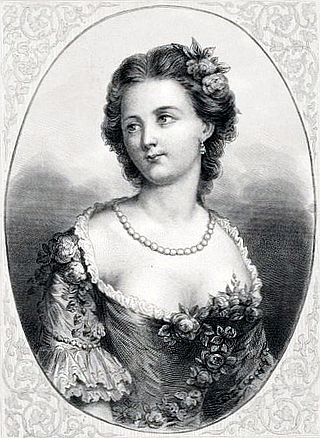
Marie Anne de Cupis de Camargo, sometimes known simply as La Camargo, was a French dancer. The first woman to execute the entrechat quatre, Camargo was also allegedly responsible for two innovations in ballet as she was one of the first dancers to wear slippers instead of heeled shoes, and, while there is no evidence that she was the first woman to wear the short calf-length ballet skirt, the now standardized ballet tights she did help to popularize these. She is said to have been as strong as the male dancers.
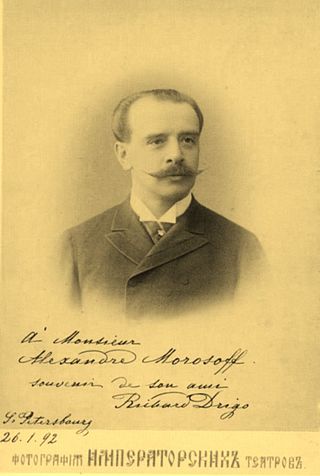
Riccardo Eugenio Drigo was an Italian composer of ballet music and Italian opera, a theatrical conductor, and a pianist.
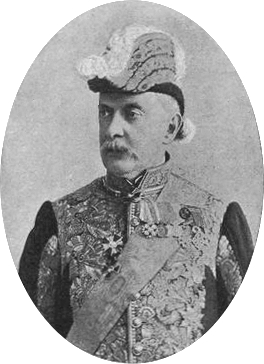
Ivan Alexandrovich Vsevolozhsky was the Director of the Imperial Theatres in Russia from 1881–98 and director of the Hermitage from 1899 to his death in 1909.
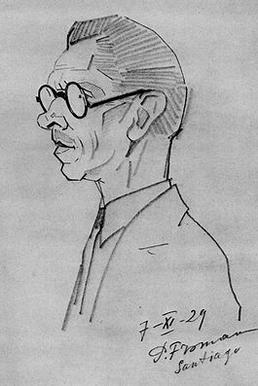
The Sergeyev Collection is a collection of choreographic notation, musical materials, designs for décor and costumes, theatre programs, photos and other items that document the repertory of the Imperial Ballet of St. Petersburg, Russia at the turn of the 20th century. The majority of the choreographic notations document the original works and revivals of the choreographer Marius Petipa, who served as Premier Maître de ballet of the St. Petersburg Imperial Theatres. The collection also documents a few ballets by Lev Ivanov, who served as second Maître de ballet. Also included in the collection are choreographic notations documenting the choreography for the dances of various operas by both Petipa and Ivanov, respectively.
A Marriage During the Regency is a ballet in 2 acts, with libretto and choreography by Marius Petipa and music by Cesare Pugni.
The Parisian Market is a comic ballet in one act, with libretto and choreography by Marius Petipa and music by Cesare Pugni.
La Prima Ballerina, ou L'embuscade or The Traveling Dancer is a ballet in one act, with choreography by Marius Petipa, music by Cesare Pugni and libretto by Paul Taglioni. It was based on a ballet created by Paul Taglioni for the Ballet of Her Majesty's Theatre, London first presented on June 14, 1849.

The King's Command is a ballet in 4 Acts-6 Scenes, with choreography by Marius Petipa and music composed and adapted by Albert Vizentini in a pastiche of airs taken from various works by Johann Strauss II, Léo Delibes, Daniel Auber, Jules Massenet, and Anton Rubinstein.

Le Réveil de Flore, is a ballet anacréontique in one act, with choreography by Marius Petipa and music by Riccardo Drigo, to a libretto written by Petipa and Lev Ivanov. First presented by the Imperial Ballet at Peterhof Palace on 6 August [O.S. 25 July] 1894.

Raymonda is a ballet in three acts, four scenes with an apotheosis, choreographed by Marius Petipa to music by Alexander Glazunov, his Opus 57. It was first presented by the Imperial Ballet at the Imperial Mariinsky Theatre on 19 January [O.S. 7 January] 1898 in Saint Petersburg, Russia. The ballet was created especially for the benefit performance of the Italian ballerina Pierina Legnani, who created the title role. Among the ballet's most celebrated passages is the Pas classique hongrois from the third act, which is often performed independently.
The 1895 Petipa/Ivanov/Drigo revival of Swan Lake is a famous version of the ballet Swan Lake,, . This is a ballet by Pyotr Ilyich Tchaikovsky based on an ancient German legend, presented in either four acts, four scenes, three acts, four scenes or, more rarely, in two acts, four scenes. Originally choreographed by Julius Reisinger to the music of Pyotr Ilyich Tchaikovsky, it was first presented as The Lake of the Swans by the Ballet of the Moscow Imperial Bolshoi Theatre on 20 February/4 March 1877 in Moscow, Russia. Although the ballet is presented in many different versions, most ballet companies today base their stagings both choreographically and musically on this revival by Marius Petipa and Lev Ivanov, staged for the Imperial Ballet, first presented on 15 January/27 January 1895, at the Imperial Mariinsky Theatre in St. Petersburg, Russia instead of the original version.
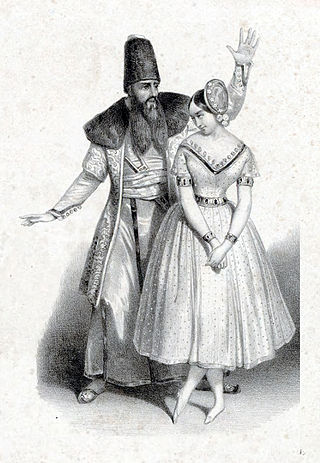
Le Diable amoureux is a ballet-pantomime in three acts and eight scenes, originally choreographed by Joseph Mazilier to the music of Napoléon Henri Reber and François Benoist. The libretto by Jules-Henri Vernoy de Saint-Georges is based on Jacques Cazotte's 1772 occult romance The Devil in Love. The work was first presented by the Ballet of the Royal Academy of Music in Paris on 23 September 1840, with Pauline Leroux, Mazilier, and Louise Fitz-James.
Les Aventures de Pélée is a ballet in three acts and five scenes with choreography by Marius Petipa and music by Ludwig Minkus, with additional music adapted from works by Léo Delibes. The libretto by Marius Petipa is derived from the Greek Myth concerning the Goddess Thetis and the circumstances surrounding her marriage, arranged by Jupiter, to the mortal Peleus.
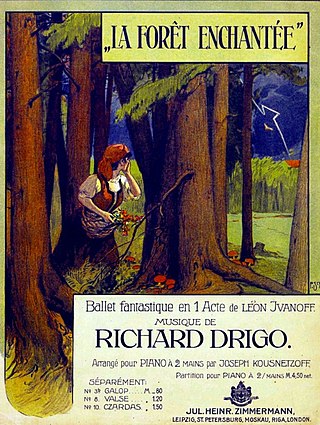
La Forêt enchantée is a ballet fantastique in one act, originally choreographed by Lev Ivanov to the music of Riccardo Drigo, first presented by students of the Imperial Ballet School in St. Petersburg, Russia, at the school's theatre on 5 April [O.S. 24 March] 1887.











